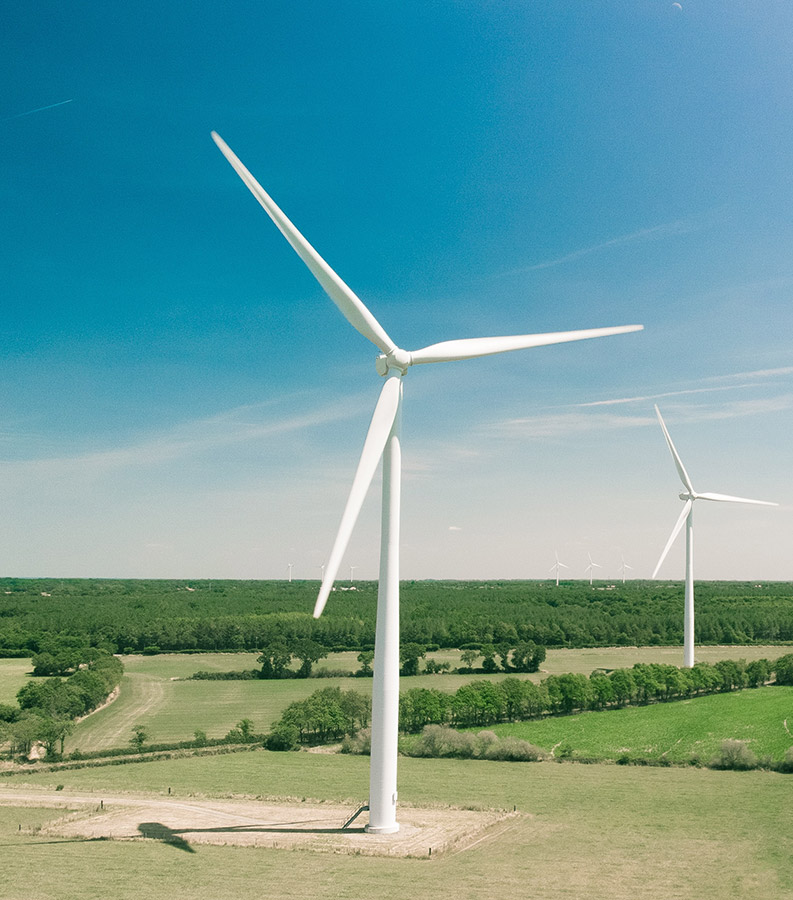Over the past 5 years it has become more difficult to get planning permission for the installation of onshore wind turbines. However small wind turbines (<50 kW) can be an good investment providing they are located in a suitable spot. The initial site survey should identify a position with a relatively clear, unobstructed view from the prevailing wind direction which in most parts of Kent and Sussex will be from the south west. Ideally the terrain will rise from that direction towards the proposed location of the turbine.
Other important considerations at this initial feasibility stage will be,
- proximity to the nearest residential property; should be at least 100m except in areas with a high background noise or other mitigating factors.
- distance to the electrical point of connection; longer distances require larger cable at greater cost.
- ease of access to the site; it needs to be possible to transport the turbine components and tower to the site and also to get an all-terrain crane onsite.
- proximity to an airport or MOD radar installation.
- whether a bat survey is likely to be required; will depend on whether the proposed site is within 50m of a woodland or hedgerow likely to provide a habitat used by bats.
Whilst impact on the landscape will also need to be taken into consideration, we have been successful in obtaining permission to install small turbines (e.g. GAIA 11kW) in Areas of Outstanding Natural Beauty. Whilst micro turbines can be installed under permitted development rights, planning permission is required for any turbine generating a significant amount of power.
We would advise against installing turbines in built up areas or attaching them to buildings.
The value of each kWh used on site will be equivalent to the marginal cost of electricity used on site, which at present is likely to range from between 15 p/kWh for householders and slightly less for larger commercial users.

